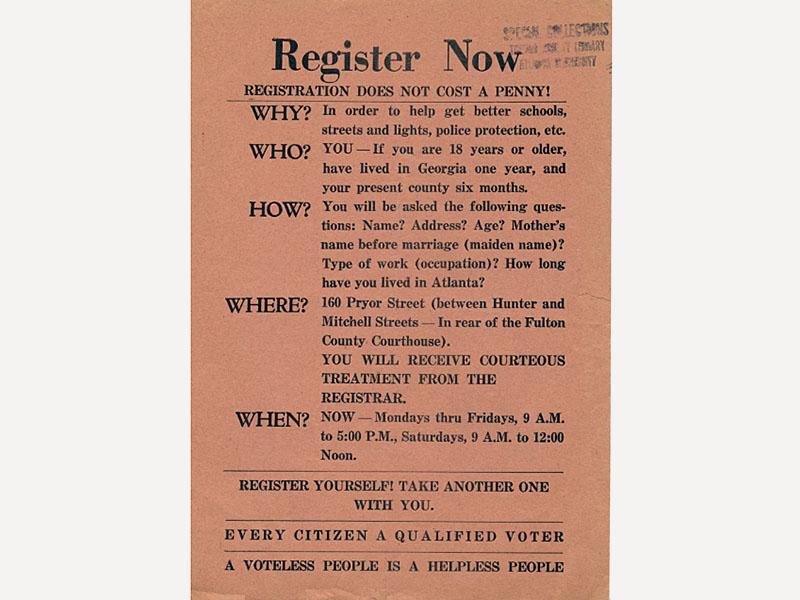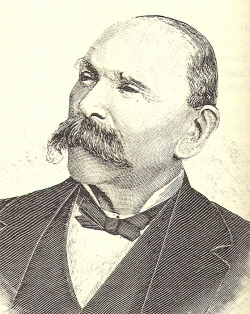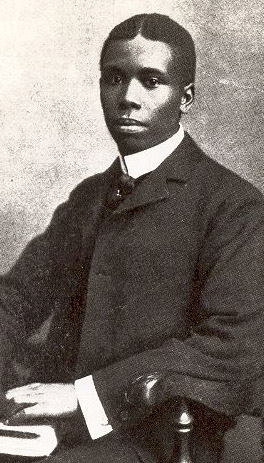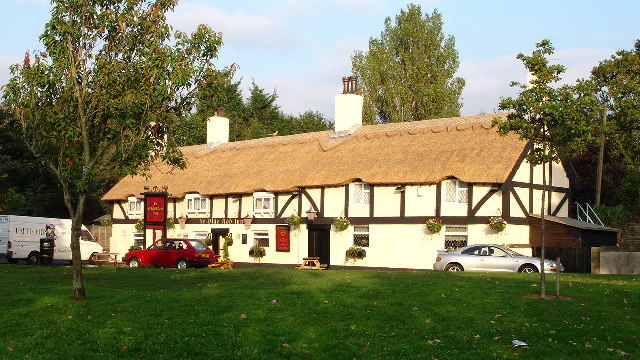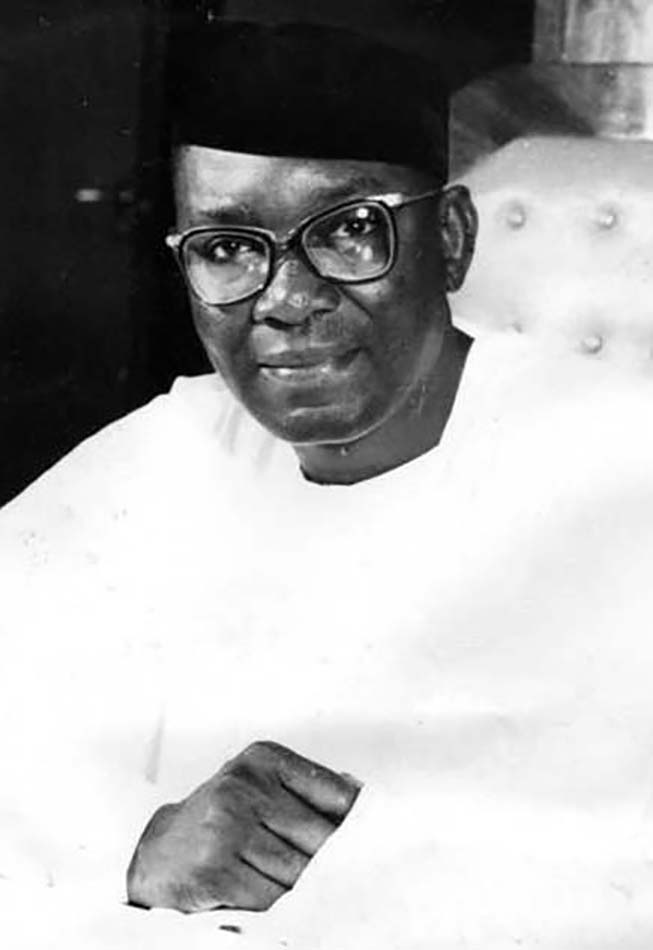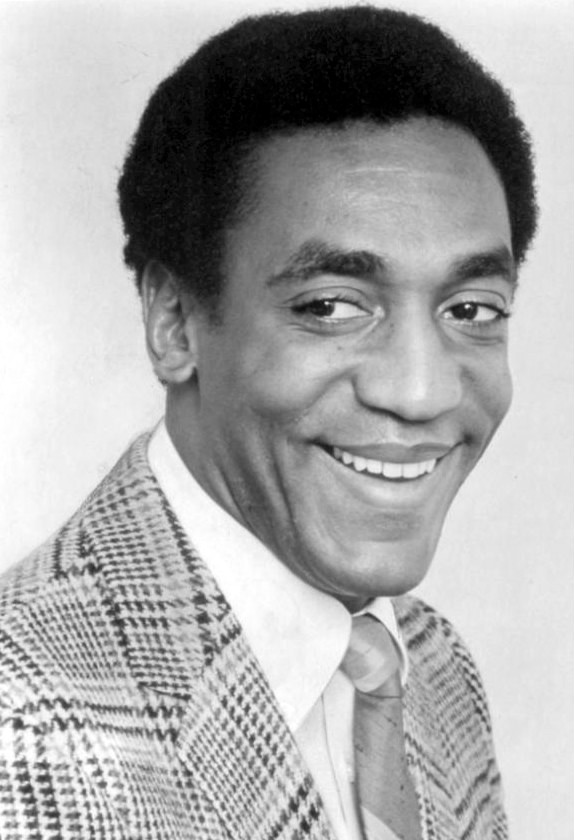The Atlanta Negro Voters League (ANVL) was a political organization which focused on mobilizing the strength of black voters in Georgia’s capital city from the late 1940s to the early 1960s. After a 1946 court ruling ordered the end of Georgia’s all-white primaries, the percentage of registered black voters across the state surged to 25% by 1949. ANVL was founded July 7, 1949 in the Butler Street YMCA to take advantage of this growing electorate.
Officially ANVL was nonpartisan organization. This ensured that black Republicans and black Democrats would work together to encourage the ongoing growth of the African American electorate. Both groups pledged to work with white moderates to keep white racists from gaining office in Atlanta.
The first two co–chairs of ANVL were leader of the Fulton County Republican Club, John Wesley Dobbs, and president of the Atlanta branch of the National Association for the Advancement of Colored People (NAACP) and leader of the Fulton County Citizens Democratic Club, A.T. Walden. ANVL was structured around various committees that took on various political tasks throughout the city. The registration committee was the most important of the organization since it helped Atlanta’s black residents to register to vote and thus increased the organization’s political influence.
Between 1949 and 1953 ANVL functioned effectively as an organization that got out the black vote and supported moderate white candidates (no blacks ran for office during this period). The reelection of Atlanta mayor William B. Hartsfield, a racial moderate, was substantially secured by the black vote in 1949, 1953, and 1957. 1n 1961, Mayor Ivan Allen Jr. also was backed by the black support organized by ANVL.
In 1953, however, ANVL recruited and supported the first African American candidates in the city since the Reconstruction period. That year Rufus Clement, President of (Clark) Atlanta University, a local black university, defeated a white incumbent for a seat on the Atlanta Board of Education. A.T. Walden and Miles G. Amos also won seats on the city’s Democratic Executive Committee.
Partisanship however began to appear in the ranks of the ANVL. In 1953 ANVL Chairman, William Dobbs, frustrated with what he sensed as a bias toward Democrats, left the organization, taking his Republican supporters with him. He was replaced by Reverend William Jackson who remained chair of ANVL until 1961. By that date, Atlanta was in the throes of the civil rights movement and most of the political mobilizing then taking place was directed toward the multiple challenges to local racial discrimination. Four years later, the death of ANVL Chair A.T. Walden in 1965 and the influx of newer, younger black voters following the passage of the Voting Rights Act the same year, marked the end of ANVL as a political force in Atlanta.

